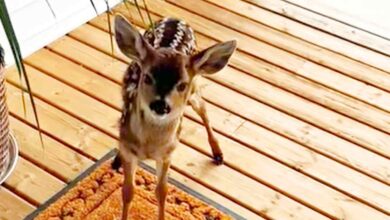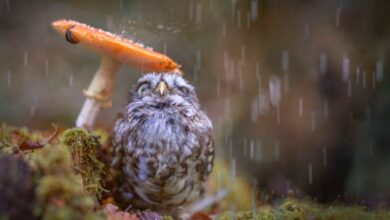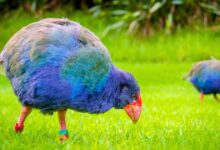Squirrels are so RARE that They Can ONLY be Found in Japan, Cutest and Most Exotic

Forget the grey squirrel or even his lesser-seen, red-haired cousin: ezo momonga, a type of flying squirrel unique and native to the Japanese island of Hokkaido is the nuts.
With his little round body, big dark eyes and expressive little hands he’s arguably the cutest thing we’ve ever seen and the closest thing to PIkachu you’re ever going to find in real life.
The flying squirrel hasn’t made its way to the UK as yet but can be found in Japan and parts of Europe, including the Baltic Sea and the Pacific coast of Russia.

Now: not to be misleading – these little floofs don’t actually fly, instead they glide using the patagium (a furry membrane) that sits between their front and rear legs. They are known to glide over 100 metres, which, when you’re this cute, is impressive enough.
They don’t hibernate but have been known to sleep for several days at a time during winter months (that’s what I call a great weekend).

If you’re looking at this little guy thinking: “you’re so cute, I want to eat you,” you’re not alone, and – unless you actually would – you’re not a monster. There’s a scientific reason behind it called ‘cute aggression.’
Katherine Stavropoulos, assistant professor of special education at the University of California, wanted to understand more about the phenomenon and this is where it gets complicated.

She measured how neurons in the brain fire in response to different stimulants, for example photos of really cute animals to slightly less cute animals.
Katherine also showed images of babies with digitally enlarged facial features like eyes, cheeks and foreheads to make them conventionally cuter.

She got 54 participants in between the ages of 18 and 40 to wear caps lined with electrodes.
While wearing the caps, the people looked at four different blocks of pictures, divided into cute (enhanced) human babies, less cute (not-enhanced) human babies, cute (baby) animals and cute (adult) babies.
Comparison to the less cute adult animals.But surprisingly, this didn’t carry through for photos of human babies and participants reported no differences between the enhanced and none-enhanced babies.
Katherine measured brain activity before, after and during viewing the photos and found cute aggression to be related to neural mechanisms of emotional salience.

This put simply means that the brain’s emotion system and reward system are both at work when we feel the need to ‘eat up’ an adorable puppy or squirrel – so now you know.









